This past weekend, my oldest son came up to me while I was drinking my morning coffee. “Dad, would you like French toast for breakfast?”
Who was I to turn down this offer? The young man is becoming quite accomplished in the kitchen, and, shortly after I said ‘yes’, he was hard at work, mixing up the eggwash, stacking slices of bread and preparing a pan for the cooking to come. And, in very short order, a stack of steaming hot slices of goodness appeared at my place at the table. The only thing left to do was reach for the bottle of maple syrup to make the goodness complete.
“That is one way to enjoy maple,” said Eric Poirier of Bell Forest Products. “And, I can’t get enough of the stuff on my pancakes in the morning. But, woodworkers also have other reasons to love maple.”
Hard maple is one of the classic North American hardwoods used since early colonial times, and is found most typically in the northeast and upper Midwest United States well into Canada. It’s so representative of Canada, a red maple leaf was selected to adorn the country’s flag.
Mature trees grow from 80 to 100 feet tall, with some specimens growing taller still. One of the most striking features of the tree are the vibrant orange, yellow and red colors the leaves turn during autumn. “A hillside of maples with their autumn leaves is a sight to behold. No wonder the roads are crowded with leaf-peepers every fall.”
Maple was a popular choice for the Shakers. Those communities further north used the wood extensively in their chairs, tables and cabinets.
The wood itself is a very light creamy color with a subtle grain pattern and occasional darker mineral streaks. It’s also a very hard wood. “Hard maple is one of the hardest domestic hardwoods being harvested today, with a Janka test score of nearly 1,500 pounds. That’s why it’s a popular choice for hardwood floors and other high-wear items.”
While at first glance maple may seem kind of pale and plain Jane – you may want to look for some special eye-popping pieces. “One thing that we specialize in here at Bell Forest Products is figured maple. We love the stuff – and so do our customers.” Figure in maple can range from lazy waves to intense bird’s-eye features throughout the board. Some boards can exhibit several different types of figure, such as the board I used to top off my Nakashima-inspired bench.
Maple also has a very tight, closed pore structure. When combined with its legendary hardness, maple becomes an ideal material for building cutting boards. “If you build a cutting board out of an open-pored wood like oak, the liquids in the food will be drawn into the board by capillary action. That’s not good if you are cutting something like raw chicken on your board. Maple’s tight grain significantly reduces that process, making for a more sanitary surface to work on.” The edge grain of maple is fine for a cutting board, but nothing beats an end-grain butcher block board for durability and appearance. “The cutting board kits we sell all feature hard maple and another contrasting hardwood to make a plain kitchen tool a stunning highlight in your home.”
While cutting into my French toast, my son disappeared back in to the kitchen and came out with some fruit he had just cut up on the maple and walnut cutting board I had built for our kitchen. Even after several years of service, it still looks great and is holding up to daily wear. Who knows, my son may even try to take it with him when he leaves to start his own household.
That would be pretty sweet.

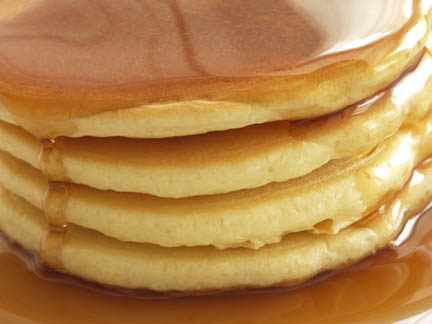
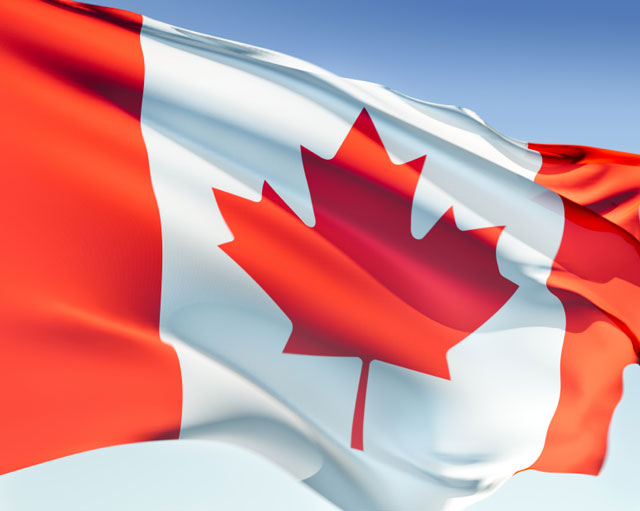
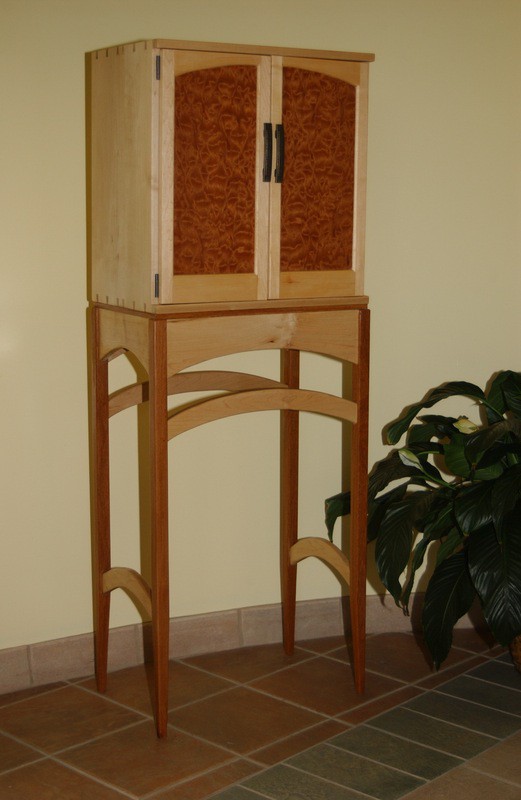
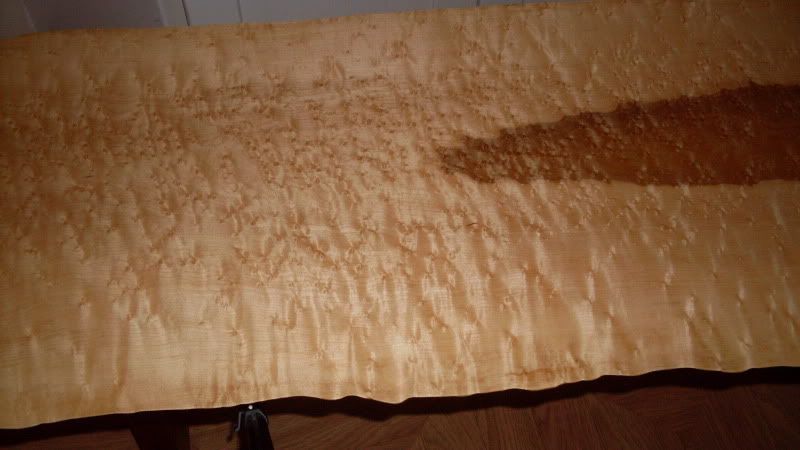
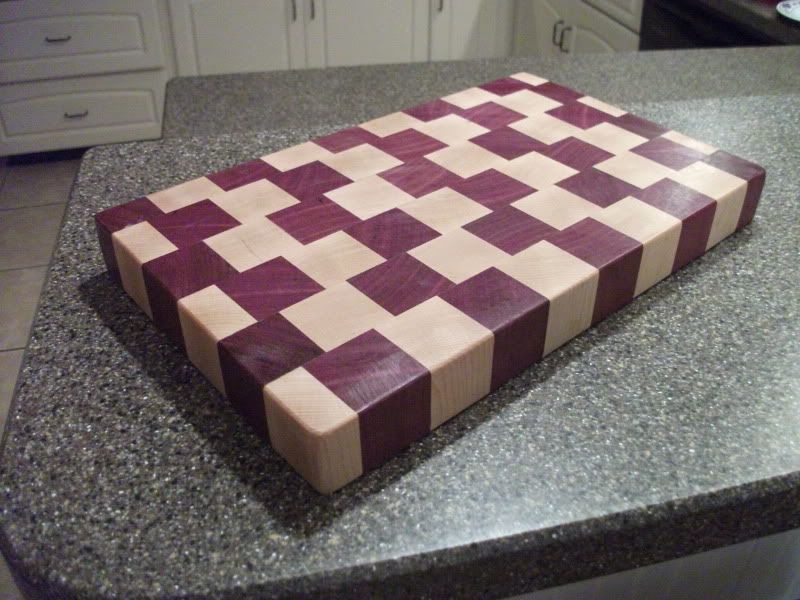
And the stuff really does smell like maple syrup when you’re milling it. The downside to hard maple is you better have your sharpening technique down – you’re going to be honing a lot!
It’s hard stuff for sure… but one of my favorites!